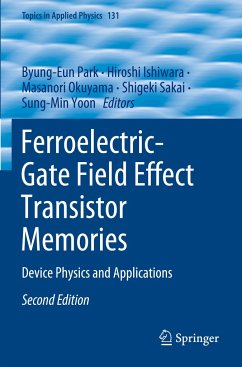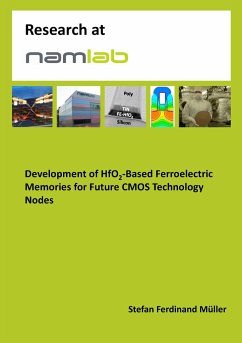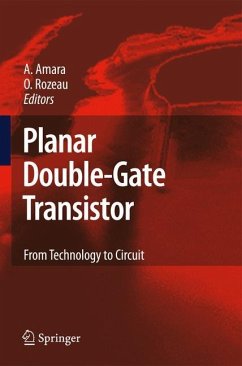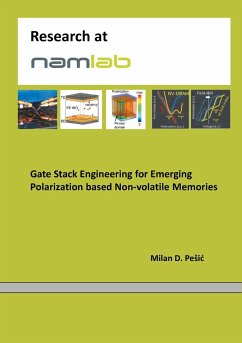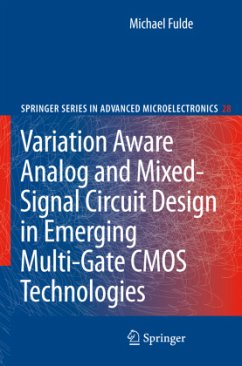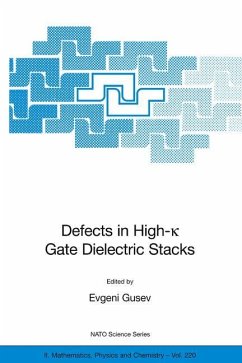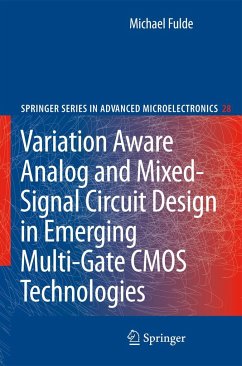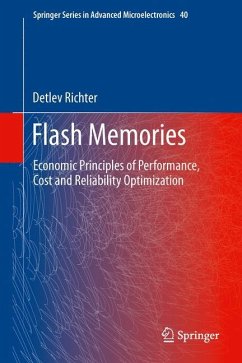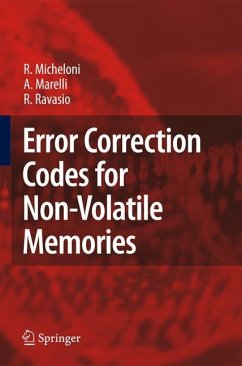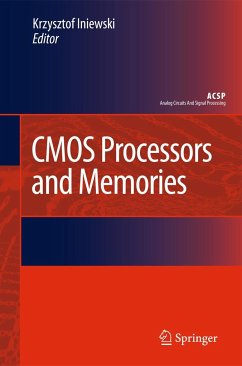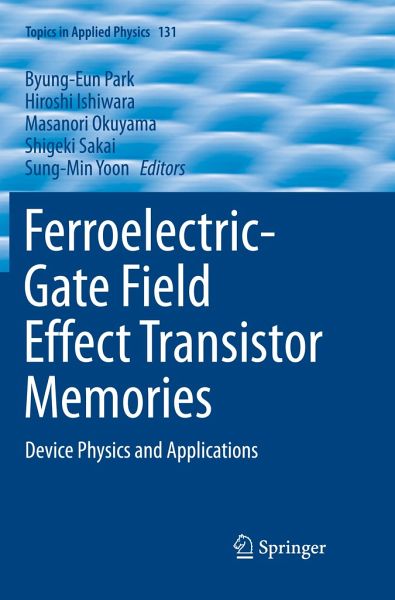
Ferroelectric-Gate Field Effect Transistor Memories
Device Physics and Applications
Herausgegeben: Park, Byung-Eun; Ishiwara, Hiroshi; Okuyama, Masanori; Sakai, Shigeki; Yoon, Sung-Min
Versandkostenfrei!
Versandfertig in 6-10 Tagen
87,99 €
inkl. MwSt.

PAYBACK Punkte
44 °P sammeln!
This book provides comprehensive coverage of the materials characteristics, process technologies, and device operations for memory field-effect transistors employing inorganic or organic ferroelectric thin films. This transistor-type ferroelectric memory has interesting fundamental device physics and potentially large industrial impact.Among the various applications of ferroelectric thin films, the development of nonvolatile ferroelectric random access memory (FeRAM) has progressed most actively since the late 1980s and has achieved modest mass production levels for specific applications since...
This book provides comprehensive coverage of the materials characteristics, process technologies, and device operations for memory field-effect transistors employing inorganic or organic ferroelectric thin films. This transistor-type ferroelectric memory has interesting fundamental device physics and potentially large industrial impact.
Among the various applications of ferroelectric thin films, the development of nonvolatile ferroelectric random access memory (FeRAM) has progressed most actively since the late 1980s and has achieved modest mass production levels for specific applications since 1995. There are two types of memory cells in ferroelectric nonvolatile memories. One is the capacitor-type FeRAM and the other is the field-effect transistor (FET)-type FeRAM. Although the FET-type FeRAM claims ultimate scalability and nondestructive readout characteristics, the capacitor-type FeRAMs have been the main interest for the major semiconductor memory companies, because the ferroelectric FET has fatal handicaps of cross-talk for random accessibility and short retention time.
This book aims to provide readers with the development history, technical issues, fabrication methodologies, and promising applications of FET-type ferroelectric memory devices, presenting a comprehensive review of past, present, and future technologies. The topics discussed will lead to further advances in large-area electronics implemented on glass or plastic substrates as well as in conventional Si electronics.
The book is composed of chapters written by leading researchers in ferroelectric materials and related device technologies, including oxide and organic ferroelectric thin films.
Among the various applications of ferroelectric thin films, the development of nonvolatile ferroelectric random access memory (FeRAM) has progressed most actively since the late 1980s and has achieved modest mass production levels for specific applications since 1995. There are two types of memory cells in ferroelectric nonvolatile memories. One is the capacitor-type FeRAM and the other is the field-effect transistor (FET)-type FeRAM. Although the FET-type FeRAM claims ultimate scalability and nondestructive readout characteristics, the capacitor-type FeRAMs have been the main interest for the major semiconductor memory companies, because the ferroelectric FET has fatal handicaps of cross-talk for random accessibility and short retention time.
This book aims to provide readers with the development history, technical issues, fabrication methodologies, and promising applications of FET-type ferroelectric memory devices, presenting a comprehensive review of past, present, and future technologies. The topics discussed will lead to further advances in large-area electronics implemented on glass or plastic substrates as well as in conventional Si electronics.
The book is composed of chapters written by leading researchers in ferroelectric materials and related device technologies, including oxide and organic ferroelectric thin films.



